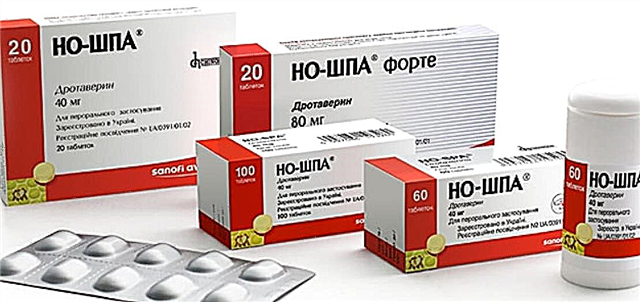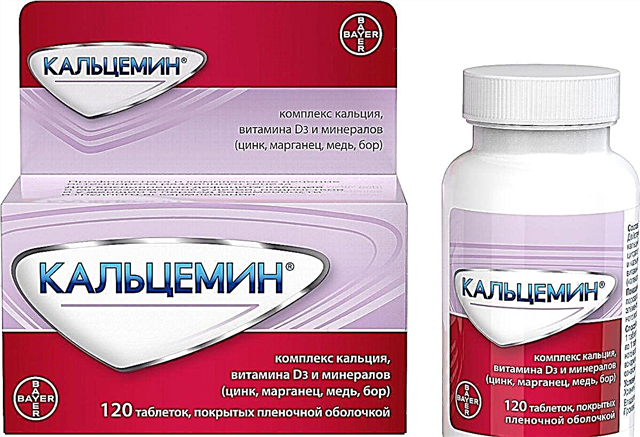Heart disease in a child is the most complex nosological unit in medicine. Every year for every 1000 newborns, there are 10-17 children with this problem. Early detection and referral for treatment guarantees a favorable prognosis for later life.
Undoubtedly, in utero the fetus should be diagnosed with all malformations. An important role is also played by a pediatrician, who will be able to identify and send such a baby to a pediatric cardiologist in a timely manner.
If you are faced with this pathology, then let's look at the essence of the problem, and also tell you the details of the treatment of defects in children's hearts.
Congenital and acquired heart defects occupy the second position among all developmental defects.
Congenital heart disease in newborns and its causes
Organs begin to form in the 4th week of pregnancy.
 Diseases of the mother during pregnancy.
Diseases of the mother during pregnancy.- A postponed infectious disease in the 1st trimester, when the development of cardiac structures occurs at 4 - 5 weeks.
- Smoking, mom's alcoholism.
- Ecological situation.
- Hereditary pathology.
- Genetic mutations due to chromosomal abnormalities.
There are many reasons for the appearance of congenital heart disease in the fetus. It is impossible to single out any one.
Classification of vices
1. All congenital heart defects in children are subdivided according to the nature of blood flow disorders and the presence or absence of cyanosis of the skin (cyanosis).
Cyanosis is a blue discoloration of the skin. It is caused by a lack of oxygen, which is delivered with the blood to organs and systems.
Personal experience!In my practice, there were two children with dextracardia (the heart is located on the right). Such children live a normal healthy life. The defect is detected only by listening to the heart.
2. Frequency of occurrence.
- Ventricular septal defect occurs in 20% of all heart defects.
- Atrial septal defect occupies from 5 to 10%.
- Patent ductus arteriosus is 5-10%.
- Pulmonary artery stenosis, stenosis and coarctation of the aorta account for up to 7%.
- The rest falls on other numerous, but more rare defects.
Signs of heart disease in children
 one of the signs of defects is the appearance of shortness of breath. First, it appears during exercise, then at rest.
one of the signs of defects is the appearance of shortness of breath. First, it appears during exercise, then at rest.Shortness of breath is a rapid breathing rate;
- a change in the shade of the skin is the second sign. The color can vary from pale to bluish;
- swelling of the lower extremities. This is the difference between cardiac edema and renal edema. With kidney pathology, the face first swells;
- an increase in heart failure is assessed by an increase in the edge of the liver and increased swelling of the lower extremities. These are usually cardiac edemas;
- with tetrad of Fallot, there may be dyspnea - cyanotic attacks. During an attack, the child begins to "turn blue" sharply, and rapid breathing appears.
Symptoms of heart disease in newborns
In newborns, we evaluate the act of sucking.
You need to pay attention to:
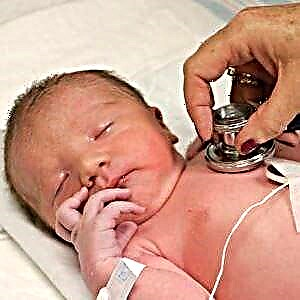 starting breastfeeding;
starting breastfeeding;- whether the baby is actively sucking;
- the duration of one feeding;
- Does it throw the breast during feeding due to shortness of breath;
- whether pallor appears when sucking.
If the baby has a heart defect, he sucks sluggishly, weakly, with interruptions of 2 to 3 minutes, shortness of breath appears.
Symptoms of heart disease in children over a year old
If we talk about children who have grown up, then here we evaluate their physical activity:
- whether they can climb the stairs to the 4th floor without shortness of breath, whether they sit down to rest while playing.
- Are there frequent respiratory diseases, including pneumonia and bronchitis.
With defects with depletion of the pulmonary circulation, pneumonia and bronchitis are more common.
Clinical case!An ultrasound of the fetal heart revealed a defect of the interventricular septum, hypoplasia of the left atrium in a woman at 22 weeks. This is a rather complex vice. After the birth of such children, they are immediately operated on. But the survival rate, unfortunately, is 0%. After all, heart defects associated with the underdevelopment of one of the chambers in the fetus are difficult to treat surgically and have a low survival rate.
Komarovsky E.O .: “Always watch your child. The pediatrician cannot always notice changes in the state of health. The main criteria for a child's health are: how he eats, how he moves, how he sleeps. "
Violation of the integrity of the interventricular septum
The heart has two ventricles, which are separated by a septum. In turn, the septum has a muscular part and a membranous part.
The muscular part consists of 3 areas - inflow, trabecular and outflow. This knowledge in anatomy helps the doctor make an accurate diagnosis according to the classification and determine the further treatment tactics.
Symptoms

If the defect is small, then there are no particular complaints.
If the defect is medium or large, then the following symptoms appear:
- lag in physical development;
- decreased resistance to physical activity;
- frequent colds;
- in the absence of treatment - the development of circulatory failure.
Defects in the muscle part due to the growth of the child close on their own. But this is subject to small sizes. Also, in such children, it is necessary to remember about lifelong prevention of endocarditis.
With large defects and with the development of heart failure, surgical measures should be carried out.
Atrial septal defect
Very often a flaw is an accidental find.
Children with an atrial septal defect are prone to frequent respiratory infections.
With large defects (more than 1 cm), a child from birth may experience poor weight gain and the development of heart failure. Children are operated on upon reaching the age of five. The delay in the operation is due to the likelihood of self-closing of the defect.
Open Botallov duct
This problem accompanies premature babies in 50% of cases.
Botallov's duct is a vessel that connects the pulmonary artery and the aorta in the intrauterine life of the baby. After birth, it drags on.
If the defect is large, the following symptoms are found:
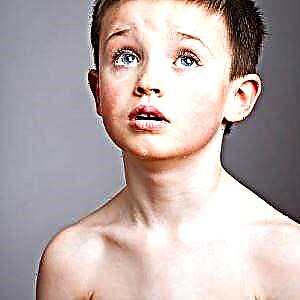 poor weight gain;
poor weight gain;- shortness of breath, heart palpitations;
- frequent ARVI, pneumonia.
We wait up to 6 months for spontaneous closure of the duct. If a child is older than a year, it remains open, then the duct must be removed surgically.
Premature babies, when detected in the hospital, are injected with the drug indomethacin, which scleroses (glues) the walls of the vessel. For full-term newborns, this procedure is ineffective.
Coarctation of the aorta
This congenital pathology is associated with narrowing of the main artery of the body - the aorta. In this case, a certain obstacle to blood flow is created, which forms a specific clinical picture.
Happening!A 13-year-old girl complained of increased blood pressure. When measuring the pressure on the legs with a tonometer, it was significantly lower than on the hands. The pulse in the arteries of the lower extremities was barely palpable. Cardiac ultrasound diagnostics revealed coarctation of the aorta. The child for 13 years has never been examined for congenital defects.
Usually, narrowing of the aorta is detected from birth, but maybe later. Such children, even in appearance, have their own peculiarity. Due to poor blood supply to the lower body, they have a fairly developed shoulder girdle and flabby legs.
More common in boys. As a rule, coarctation of the aorta is accompanied by a defect in the interventricular septum.
Bicuspid aortic valve
Normally, the aortic valve should have three cusps, but it so happens that two of them are laid from birth.

Children with a bicuspid aortic valve are not particularly complaining. The problem may be that such a valve will wear out faster, which will cause the development of aortic insufficiency.
With the development of grade 3 insufficiency, surgical valve replacement is required, but this can happen by the age of 40-50.
Children with a bicuspid aortic valve should be observed twice a year and endocarditis must be prevented.
Sports heart
Regular physical activity leads to changes in the cardiovascular system, which are denoted by the term "sports heart".
A sports heart is characterized by an increase in the cavities of the heart chambers and the mass of the myocardium, but at the same time the cardiac function remains within the age norm.
Athletic heart syndrome was first described in 1899, when an American physician compared a group of skiers and people with a sedentary lifestyle.
Changes in the heart appear 2 years after regular exercise for 4 hours a day, 5 days a week. An athletic heart is more common among hockey players, sprinters, and dancers.
Changes during intense physical loads arise due to the economical work of the myocardium at rest and the achievement of maximum capabilities during sports loads.
In Italy, a physician must complete a 4-year postgraduate training course in sports medicine in order to supervise athletes and grant permission to compete.
A sports heart does not require treatment. Children should be examined 2 times a year.
In a preschooler, due to the immaturity of the nervous system, an unstable regulation of its work occurs, so they adapt worse to heavy physical exertion.
Acquired heart defects in children
The most common among acquired heart defects is valvular defect.
Causes
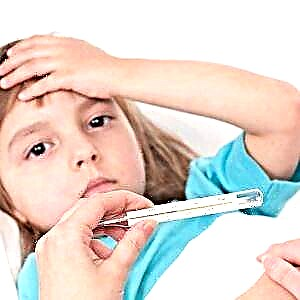 rheumatism;
rheumatism;- transferred bacterial, viral infections;
- infective endocarditis;
- frequent tonsillitis, previous scarlet fever.
Of course, children with an unoperated acquired defect must be observed by a cardiologist or therapist all their lives. Congenital heart disease in adults is an important issue that needs to be reported to a therapist.
Diagnosis of congenital heart defects
- Clinical examination by a neonatologist of the child after birth.
- Fetal ultrasound of the heart. Carried out at 22-24 weeks of pregnancy, where the anatomical structures of the fetal heart are assessed
- At 1 month after birth, ultrasound screening of the heart, ECG.
The most important examination in diagnosing the state of fetal health is ultrasound screening of the second trimester of pregnancy.
- Assessment of weight gain in infants, the nature of feeding.
- Assessment of exercise tolerance, physical activity of babies.
- When hearing a characteristic heart murmur, the pediatrician directs the child to a pediatric cardiologist.
- Ultrasound of the abdominal organs.
In modern medicine, with the necessary equipment, it is not difficult to diagnose a congenital defect.
Congenital heart disease treatment
Heart disease in children can be treated with surgery. But it should be remembered that not all heart defects need to be operated on, as they can spontaneously heal, they need time.
The defining tactics of treatment will be:
 kind of vice;
kind of vice;- the presence or increase of heart failure;
- age, weight of the child;
- concomitant malformations;
- the likelihood of spontaneous elimination of the defect.
Surgical intervention can be minimally invasive, or endovascular, when access occurs not through the chest, but through the femoral vein. This closes small defects, coarctation of the aorta.
Prevention of congenital heart defects
Since this is a congenital problem, prevention should be started from the prenatal period.
- Exclusion of smoking, toxic effects during pregnancy.
- Geneticist consultation in the presence of congenital defects in the family.
- Proper nutrition for the expectant mother.
- Treatment of chronic foci of infection is mandatory.
- Physical inactivity impairs the work of the heart muscle. Requires daily gymnastics, massages, work with a physical therapy doctor.
- Pregnant women must undergo ultrasound screening. Heart disease in newborns should be monitored by a cardiologist. If necessary, it is necessary to promptly refer to a cardiac surgeon.
- Mandatory rehabilitation of operated children, both psychological and physical, in a sanatorium-resort environment. Every year the child should be examined in a cardiological hospital.
Heart defects and vaccinations
It should be remembered that it is better to refuse vaccinations if:
- development of heart failure 3 degrees;
- in case of endocarditis;
- with complex vices.

 Diseases of the mother during pregnancy.
Diseases of the mother during pregnancy. one of the signs of defects is the appearance of shortness of breath. First, it appears during exercise, then at rest.
one of the signs of defects is the appearance of shortness of breath. First, it appears during exercise, then at rest. starting breastfeeding;
starting breastfeeding; poor weight gain;
poor weight gain; rheumatism;
rheumatism; kind of vice;
kind of vice;
